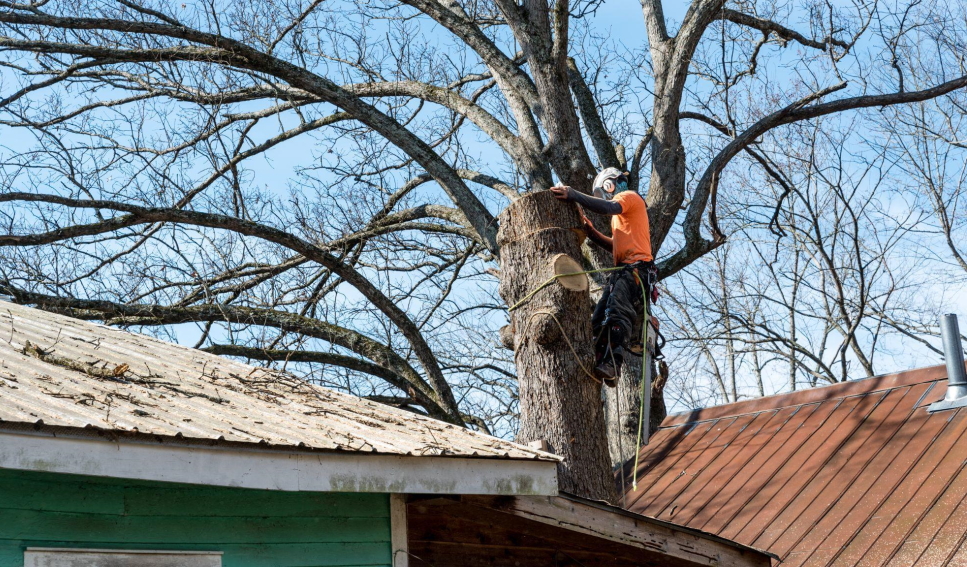NSW Tree Removal Laws: How to Avoid Being Fined

Did you know that you need permission if you would like to cut down and remove some of the trees on your property? Even worse, did you know that if you remove a tree without permission when you need it, you could pay a costly fine? For this reason, you should know what trees you can remove and when you need permission.
In this post, we’ll look at these aspects in more detail.
Why You Might Want to Cut Down a Tree
Before looking at the fines you could get for not complying with the rules and regulations relating to the removal of trees, let’s first look at why you’d want to cut down a tree in the first place. Now, there could be several reasons for wanting to remove a tree, from making room for renovations or construction to removing a diseased or dying tree.
Reasons For Protected Trees
In New South Wales, you’ll find various protected tree species. They’re regarded as protected due to their aboriginal, historical, or botanical significance. They’re also considered protected because of their functional purpose or landscape amenity.
In order to protect these species, NSW has implemented strict rules relating to the cutting down and removal of trees. In terms of these rules, you’ll need to obtain permission before cutting down or removing any trees. In some cases, you might also be required to provide compelling reasons why they need to be removed.
Removing Unprotected Trees
While you need permission to remove protected trees, you’ll generally be able to remove unprotected trees without permission. Keep in mind, though, that there are some requirements you’ll need to comply with. For instance, the tree should be at least 5 metres high and should have a trunk diameter of at least 300 mm.
Also, if the tree is a species that’s considered to be invasive, you don’t need any permission if you’d like to cut it down, and they need to comply with the size requirements mentioned earlier.
10/50 Rule
Apart from the aforesaid exemptions, the 10/50 rule also allows you to remove trees without having permission. This rule is aimed at protecting people that live within 100 metres and, in terms of it, you can remove trees and other vegetation within 10 to 50 metres from your home’s outer wall.
However, there are some conditions when removing trees in terms of the rule. When cutting down and removing these trees, you aren’t allowed to use bulldozers or ploughs, and you can’t change the soil profile underneath. Moreover, when your land is on a slope, this rule won’t allow you to cut down trees because of their importance in preventing erosion.
Penalties for Illegal Tree Removal in NSW
Now you’ve seen when you should ask for permission when you would like to cut down trees and when you don’t. But what happens if you don’t get permission when you should have? Here, the fines can be severe, and you could end up paying as much as $110,000 in your local court. Even worse, you could be fined as much as $1.1 million in the Land and Environment Court. So, to ensure you always comply with the rules, it’s always better to consult a qualified arborist before you cut down any trees.
Hopefully, this post helped illustrate what trees you can remove, when you need information to do so, and when you don’t. So, now when you’d like to remove trees from your property, you’ll avoid hefty fines.








